Psilocybin is a naturally occurring psychedelic compound found in certain mushrooms. It is known for its hallucinogenic effects, altering perception, mood, and cognition. Psilocybin is being studied for its potential therapeutic uses, including treatment for depression and anxiety.
Psilocybin is a single compound capable of transforming your perception, unlocking hidden realms of consciousness, and offering potential relief from depression and anxiety. Psilocybin, the active ingredient in magic mushrooms, does just that. With roots in ancient cultural rituals and modern scientific research, its effects are both profound and promising. As studies unveil its therapeutic potential, psilocybin is emerging as a beacon of hope in mental health treatment.
Psilocybin is a psychoactive compound found in over 200 species of Mushroom , often referred to as “magic mushrooms.” When ingested, it is converted in the body to psilocin, which interacts with serotonin receptors in the brain to produce powerful hallucinogenic effects. Historically used in religious and shamanic rituals, psilocybin is now being rigorously studied for its potential to treat conditions like PTSD, addiction, and end-of-life anxiety.
Exploring the History and Future of Psilocybin
Deep within the primordial forests and sun-dappled meadows, a remarkable organism has woven itself into the tapestry of human existence for millennia the humble mushroom harboring the extraordinary compound psilocybin. This unassuming fungus has captivated the imagination of countless cultures, igniting sacred rituals, inspiring artistic expressions, and beckoning scientific exploration. As we delve into the annals of history and peer into the future, the story of psilocybin unfolds as a tapestry of mysticism, scientific curiosity, and the relentless pursuit of understanding the depths of human consciousness.
The Ancient Origins
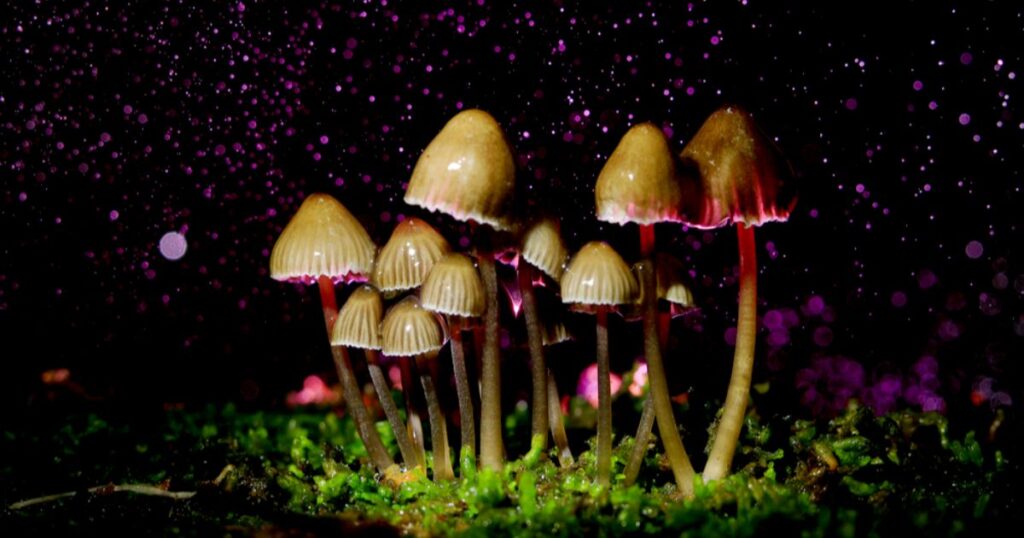
The relationship between humans and psilocybin-containing mushrooms dates back thousands of years, woven into the rich cultural fabric of indigenous communities across the globe. From the misty jungles of Mesoamerica to the arid deserts of North Africa, these fungi held a revered place in ancient spiritual practices, serving as gateways to realms of profound insight and transcendent experiences.
Among the earliest known civilizations to embrace psilocybin were the Maya and Aztec peoples of Mexico and Central America. Their intricate stone carvings and codices depict mushroom-like figures, hinting at the pivotal role these fungi played in their rituals and cosmologies. The Aztecs referred to them as “teonanácatl,” translating to “flesh of the gods,” a testament to the profound reverence they held for these sacred entities.
Consumption Of Psilocybin Mushrooms
Across the Atlantic, the indigenous tribes of North Africa, particularly in the region now known as Algeria, revered the psilocybin mushroom as a conduit to the divine. Rock paintings and archaeological evidence suggest that these fungi were integral to their shamanic practices, facilitating spiritual journeys and fostering a deep connection with the natural world.
In the modern era, the rediscovery of psilocybin’s ancient roots occurred in the 1950s, when the amateur ethnomycologist Gordon Wasson ventured into the remote highlands of Oaxaca, Mexico. There, he witnessed and participated in the ancient Mazatec rituals involving the consumption of psilocybin mushrooms, forever altering the Western perception of these enigmatic fungi.
Scientific Exploration and Cultural Impact
Wasson’s encounter with the Mazatec people ignited a wave of scientific interest in psilocybin, ushering in a period of intense research and exploration. In the 1960s, pioneers like Timothy Leary, Aldous Huxley, and Richard Alpert (later known as Ram Dass) championed the use of psychedelics, including psilocybin, as tools for expanding consciousness and challenging societal norms.
This era witnessed a cultural revolution, as the counterculture movement embraced psilocybin and other psychedelics as catalysts for personal growth, artistic expression, and spiritual awakening. Musicians, writers, and artists of the time sought inspiration from these mind-altering substances, leaving an indelible mark on the cultural landscape.
However, the psychedelic renaissance was not without controversy. Concerns over the recreational misuse of these substances, coupled with a growing societal backlash, led to the criminalization of psilocybin and other psychedelics in the late 1960s and early 1970s. This legal crackdown effectively halted scientific research into psilocybin’s potential therapeutic and cognitive benefits, casting a veil of stigma over these substances for decades.
The Resurgence of Scientific Inquiry
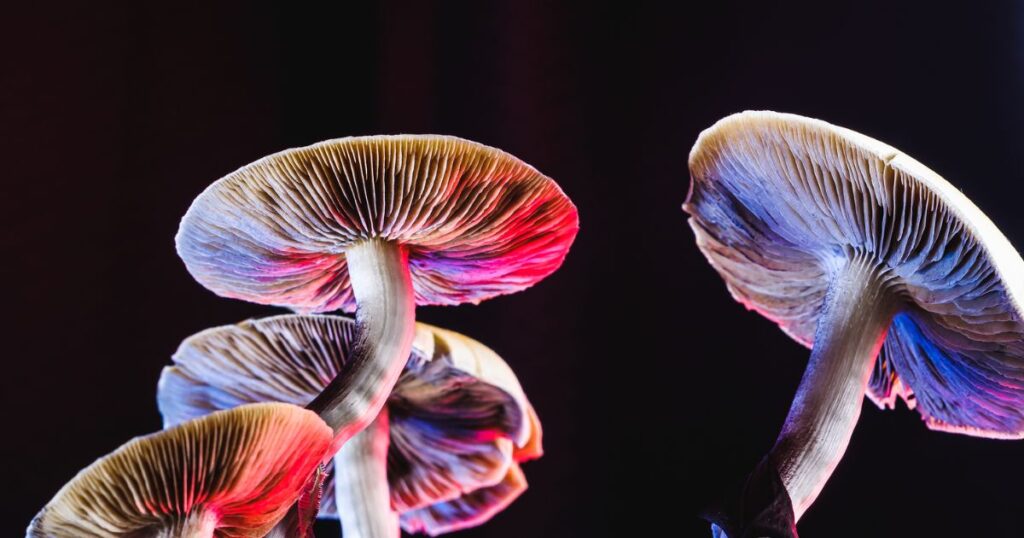
Despite the legal barriers, a handful of pioneering researchers continued to explore the therapeutic potential of psilocybin, laying the groundwork for a renaissance in psychedelic research. In the early 2000s, a groundswell of scientific interest emerged, driven by promising studies investigating psilocybin’s ability to alleviate anxiety, depression, and addiction.
At prestigious institutions like Johns Hopkins University, New York University, and Imperial College London, researchers have conducted rigorous clinical trials examining the effects of psilocybin on various mental health conditions. Their findings have been nothing short of remarkable, demonstrating significant improvements in patients suffering from treatment-resistant depression, end-of-life anxiety, and substance abuse disorders.
These studies have not only shed light on psilocybin’s therapeutic potential but have also revealed fascinating insights into the neurological mechanisms underlying its effects. Brain imaging studies have shown that psilocybin can temporarily disrupt the default mode network, a brain network associated with self-referential thought patterns and rumination. This temporary “dissolving of the ego” may contribute to the profound experiences of transcendence and interconnectedness reported by many psilocybin users.
Potential and Challenges
As the scientific evidence mounts, the potential applications of psilocybin continue to expand, opening new frontiers in mental health treatment, personal growth, and spiritual exploration. One area of particular interest is the use of psilocybin in conjunction with psychotherapy, an approach known as “psilocybin-assisted psychotherapy.”
In this paradigm, psilocybin is used as a catalyst to facilitate deep introspection and emotional processing, while trained therapists guide patients through their experiences. Early studies have shown promising results in treating conditions like depression, anxiety, and addiction, with patients reporting profound insights, renewed perspectives, and a heightened sense of well-being.
Beyond mental health, psilocybin holds potential in other realms, such as enhancing creativity, fostering personal growth, and deepening spiritual understanding. Some researchers have even speculated about the use of psilocybin in treating existential distress and fostering a sense of interconnectedness with the natural world, a concept that resonates with the ancient spiritual practices surrounding these fungi.
Controlled Substances
The path forward is not without challenges. The legal status of psilocybin remains a significant obstacle, with most countries classifying it as a controlled substance. This legal barrier has not only hindered research efforts but has also contributed to the stigmatization and misunderstanding surrounding these substances.
Addressing these legal and societal barriers will require a multifaceted approach, involving education, policy reform, and a continued commitment to rigorous scientific research. Advocates and researchers must work tirelessly to dispel myths, highlight the potential benefits, and promote responsible and ethical use within carefully controlled settings.
As the therapeutic and personal growth applications of psilocybin expand, ensuring safe and ethical practices will be paramount. This will involve the development of robust guidelines, training programs for facilitators and therapists, and the establishment of specialized clinics or treatment centers dedicated to psilocybin-assisted therapies.
Read More:
WHAT ARE SPORES? ARE THEY HAPLOID OR DIPLOID?
The Future Beckons
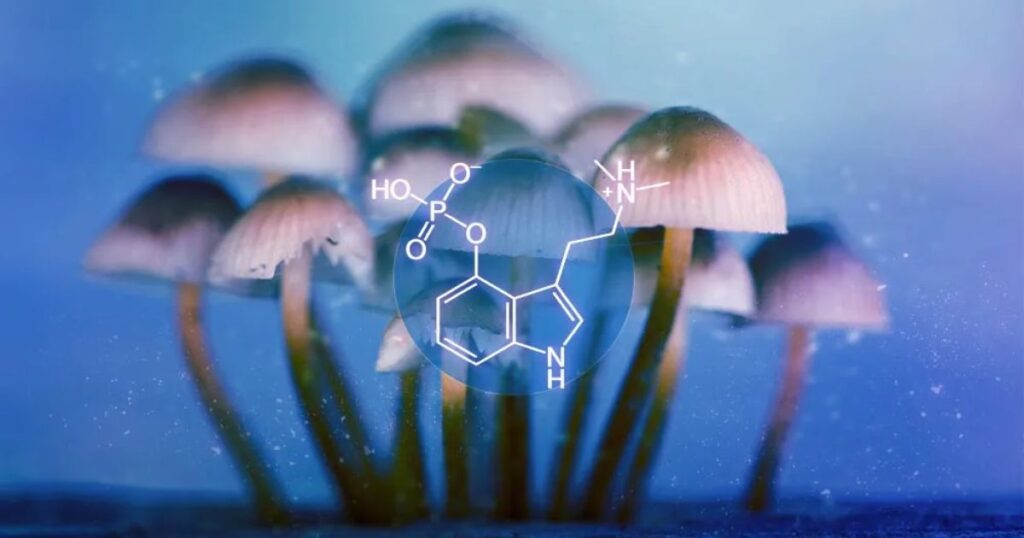
As we stand at the precipice of a new era in psilocybin research and applications, the journey ahead promises to be as captivating as the ancient rituals and cultural traditions that have revered these fungi for centuries. The potential to alleviate suffering, unlock personal growth, and deepen our understanding of consciousness is truly awe-inspiring.
Yet, we must approach this path with reverence, humility, and a commitment to responsible stewardship. By honoring the ancient wisdom and embracing the rigors of modern science, we can unlock the transformative potential of psilocybin while navigating its complexities with care and ethical consideration.
The history of psilocybin is a tapestry woven with strands of mysticism, cultural traditions, and scientific exploration. As we look to the future, we have the opportunity to weave new threads, intertwining the ancient and the modern, the spiritual and the scientific, to create a vibrant tapestry that celebrates the profound mysteries of consciousness and the enduring human quest for understanding, healing, and transcendence.
Psilocybin’s Multidimensional Journey
Throughout the mists of time, the humble psilocybin mushroom has captivated human societies, embodying a multifaceted narrative that spans the realms of sacred ritual, cultural heritage, and cutting-edge scientific exploration. This unassuming fungus, cradling the extraordinary compound psilocybin within its delicate fruiting bodies, has woven an intricate tapestry that intertwines ancient wisdom with modern scientific inquiry, beckoning humanity to contemplate the profound depths of consciousness and the boundless potential for healing and growth.
Navigating the Frontier of Consciousness and Wellbeing
Like a phoenix rising from the ashes of cultural stigma and legal barriers, the ancient practice of psilocybin consumption has reemerged in the modern era, igniting a renaissance of scientific curiosity and a deeper understanding of the human mind. This remarkable compound, once revered by indigenous cultures for its ability to facilitate transcendent experiences and spiritual.
Insights, now stands at the forefront of a revolution in mental health treatment, personal growth, and our comprehension of consciousness itself. As we navigate this frontier, we are reminded of the enduring allure of psilocybin and the vast potential it holds for unlocking the mysteries of the psyche and cultivating a profound sense of wellbeing.
FAQs
What is the historical use of psilocybin?
Psilocybin has been used for thousands of years in religious and spiritual rituals by indigenous cultures in Mesoamerica. Ancient murals and artifacts suggest its role in ceremonies to induce visionary states.
How was psilocybin discovered in modern times?
Psilocybin was first isolated and identified by Swiss chemist Albert Hofmann in 1958. His work followed the groundbreaking field research by ethnomycologist R. Gordon Wasson in Mexico.
What led to the resurgence of psilocybin research in recent years?
In the late 1990s and early 2000s, renewed interest in psychedelic research emerged, driven by promising early studies on its therapeutic benefits.
What potential therapeutic uses does psilocybin have?
Psilocybin is being studied for its potential to treat mental health conditions such as depression, anxiety, PTSD, and addiction.
What does the future hold for psilocybin research and application?
The future of psilocybin research looks promising, with increasing acceptance and legalization for medical use in some regions.
Conclusion
Advances in brain imaging and neuroscience have significantly contributed to the resurgence of psilocybin research. These technologies have allowed scientists to observe how psilocybin affects brain activity and connectivity, providing insights into its profound impact on perception and mood. Functional MRI (fMRI) and PET scans have revealed changes in brain regions associated with emotions and cognition during psilocybin experiences.
Understanding these neural mechanisms has strengthened the case for psilocybin as a potential treatment for mental health disorders. Moreover, this research has helped destigmatize psychedelic substances by providing scientific evidence of their benefits. As a result, the combination of modern imaging techniques and neuroscience is paving the way for more informed and effective therapeutic applications of psilocybin.

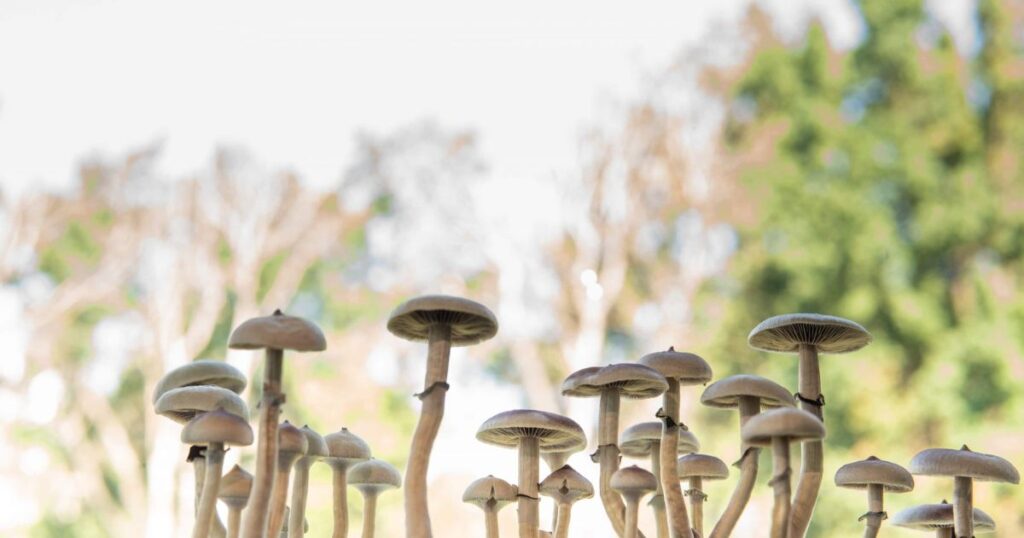
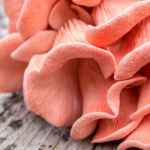
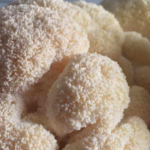
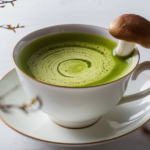
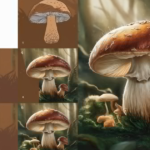

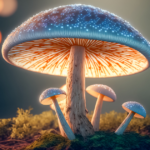
1 thought on “The History of Psilocybin and its Potential Future”